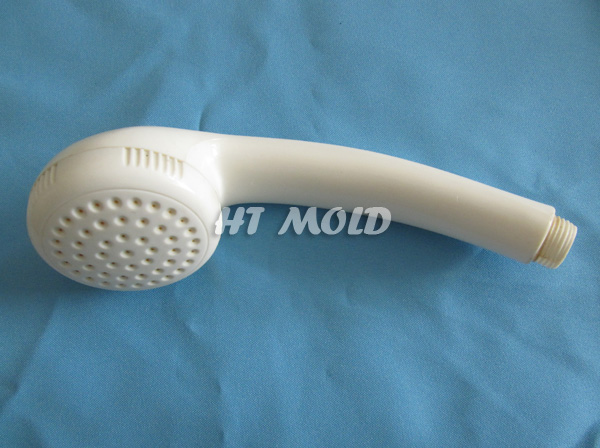Die Casting Has Lot More to Say: Know In Details
Molten metal is forced into a
mold in Die casting or aluminum die casting, which is a metal casting process. Dimensionally accurate precision
metal parts are produced by it that have a flawlessly smooth finish. Its
ability to produce detailed parts makes it a perfect choice for mass production
products. From non-ferrous metals such as magnesium, copper, aluminum, zinc,
lead, pewter, and tin die castings are made.
In die casting, the two methods
are hot or cold chamber. On the type of metal and the part the process that is
used generally relies on. In metals that have a high melting point such as
alloys of aluminum, brass, or copper the method of the cold chamber is used.
Metals that won’t dissolve when heated such as zinc, lead, and magnesium
alloys, the method of hot chambered die casting is used.
The process of die casting is
quite efficient, economical and it offers a broad range of shapes and
components. Parts that are produced have a long life and are visually appealing
giving designers significant benefits.
Complex shapes with close
tolerances that need no after production processing are produced at the high
speed of die casting. There is no requirement for additional tooling or
shaping. The final Lighting die casting
part that is produced is heat resistant with high tensile strength.
Different Metals Used in Die Casting
In die-cast, the type of metal
needed depends on its final use. Because of its lightweight and corrosion
resistance, Aluminum is used for automobile and truck parts.
During and after the melting process metals
for casting must be able to maintain their properties and characteristics. The
types are:
- Zinc
- Lead
- Brass
- Aluminum
- Stainless
steel
- Tin
- Magnesium
- Carbon
steel
- Bronze
Advantages
In metal casting, zinc is the
easiest metal to cast. It can easily be plated, has high ductility and impact
strength. The low casting temperature of zinc usually results in minimal
thermal shock, which helps in extending the life of die casting tools more than
10 times when compared to aluminum dies.
Due to zinc's bearing properties
bushing and wear inserts in component designs can be eliminated, and in
heavy-duty industrial applications, it outperforms bronze. The furniture die casting part is used popularly.




Comments
Post a Comment